We may earn money or products from the companies mentioned in this post. This means if you click on the link and purchase the item, I will receive a small commission at no extra cost to you ... you're just helping re-supply our family's travel fund.
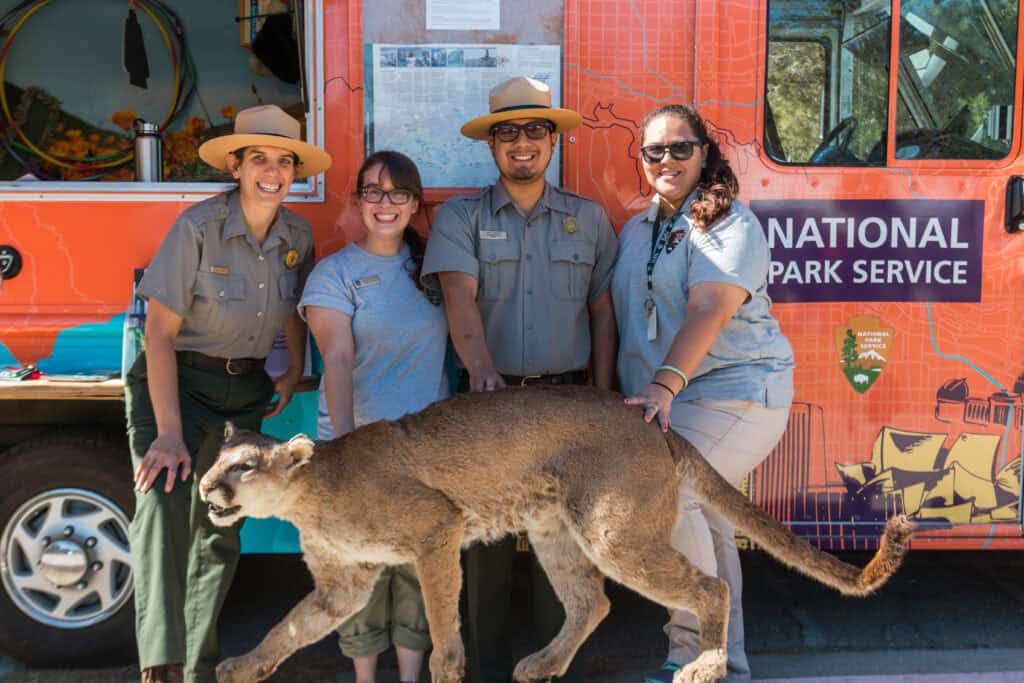
Across the United States, mountain lions are edging back into view. Trail cameras catch quick shadows near cul de sacs, ranch roads, and ski towns, while biologists track dispersing cats that cross highways and river valleys most people overlook. The comeback is uneven and fragile, stitched by corridors, tolerant neighbors, and deer-rich habitat. Each new print in mud raises the same question with local color: how much wild can a community welcome, and what changes when a top predator is part of the neighborhood again?
Southern California, Lions Above The Freeways
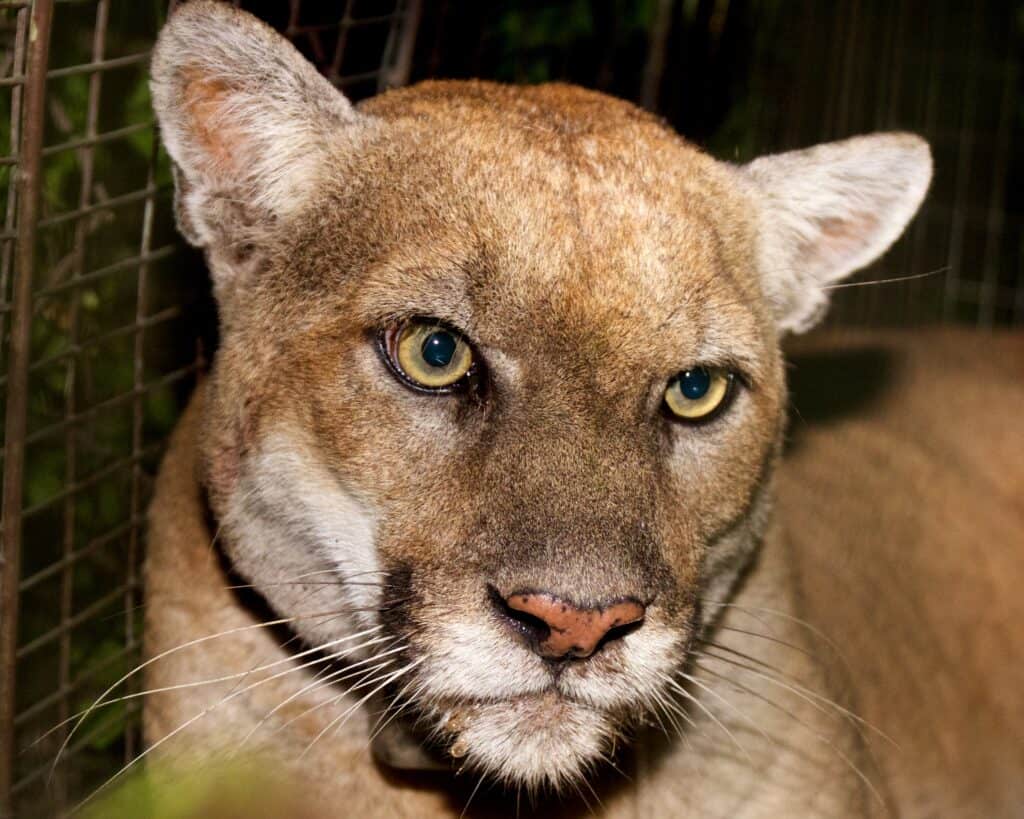
In the Santa Monica Mountains and nearby ranges, lions thread canyons perched over suburban Los Angeles, hunting deer and crossing dry riverbeds of concrete. Fame and risk arrived together; icons like P-22 showed possibility, while genetics and traffic reveal limits. The Wallis Annenberg wildlife crossing signals a bet on connection, not isolation. Success looks like fewer roadkills, healthier lineages, and a quiet acknowledgment that real wilderness can sit one ridgeline beyond backyard porch lights.
Colorado Front Range Foothills

Along the Front Range, towns like Boulder and Evergreen sit inside lion country, buffered by greenbelts and herds that rarely lack forage. Stable numbers mean more edge encounters, usually brief, as cats skirt cul de sacs, golf courses, and trailheads. Officers emphasize leashed dogs, secured trash, and calm reporting that sorts curiosity from danger. When habits match the landscape, a functioning predator–prey system persists near neighborhoods built for mountain views, not just postcards.
Black Hills And Western South Dakota
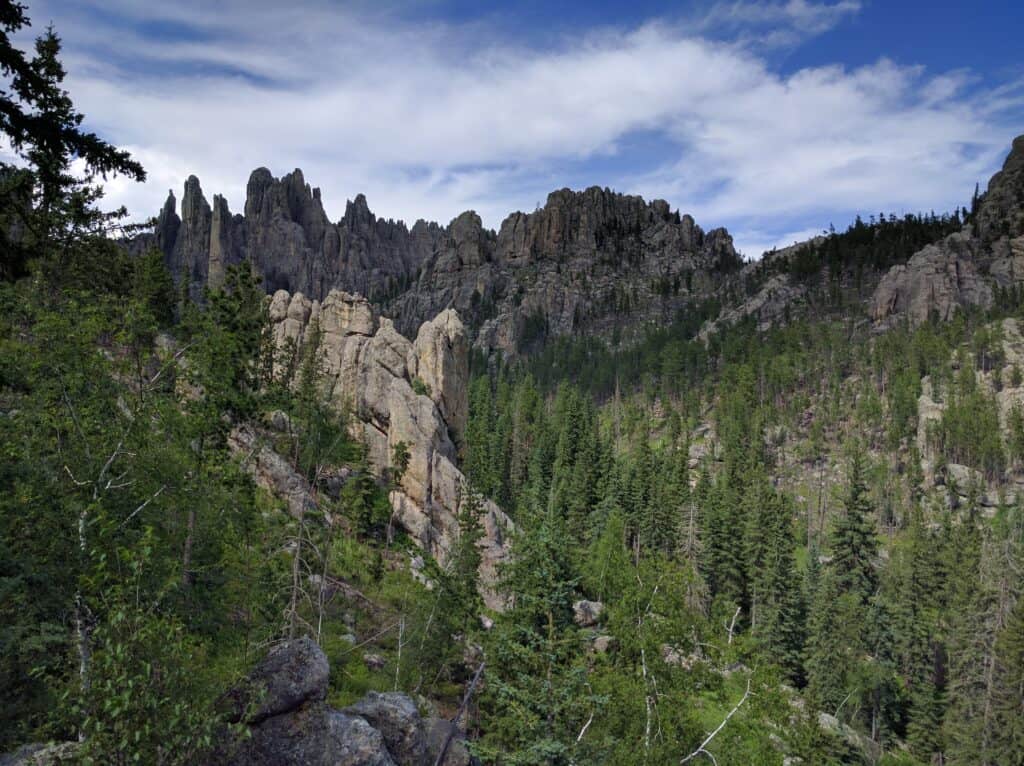
The Black Hills hold one of the clearest modern returns. Lions recolonized, established a breeding population, and now face quota-based management that blends science and politics. Tracks line logging roads; scat and scrapes turn up where granite breaks the pines. Ranchers tally losses, hunters debate limits, and most residents accept that a forested island without its apex cat feels incomplete. The enduring task is balance, not purity, measured one winter at a time.
Nebraska’s Pine Ridge, Niobrara, And Wildcat Hills

Northwest Nebraska shifted from rumor to reality as small breeding pockets took hold in rough breaks and river country. Pine Ridge bluffs, Niobrara canyons, and Wildcat Hills offer cover, deer, and cautious routes to South Dakota. Every adult cat matters, so seasons, corridors, and rapid-response education carry extra weight. This is recolonization on a thin margin, where a few poor choices or policy swings can erase a decade of quiet gains in a single season.
Central Plains, Kansas And Oklahoma Edges
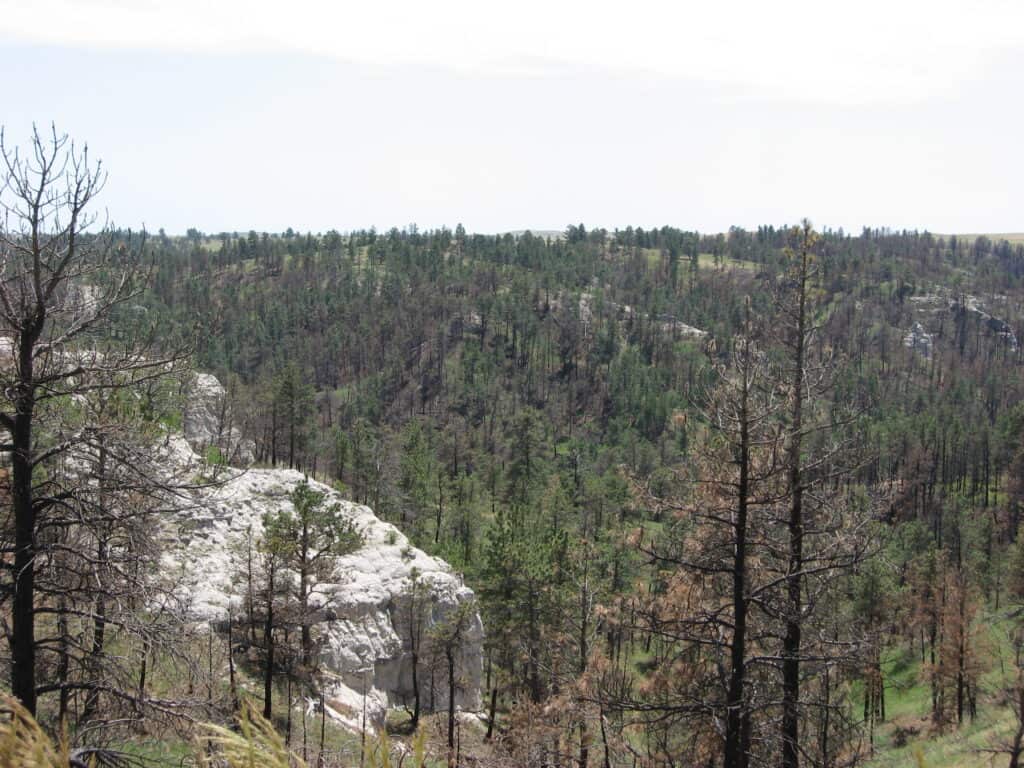
Kansas and Oklahoma post more confirmed lions, usually young males traveling astonishing distances from western strongholds. Prairie canyons, shelterbelts, and river timber offer temporary refuge, with deer herds strong enough to hold a drifter for months. Agencies verify tracks, explain risks, and face pressure from opposing camps. The long story hinges on females establishing home ranges. Without them, sightings remain headlines; with them, the plains regain a missing piece of their original cast.
Upper Midwest North Woods
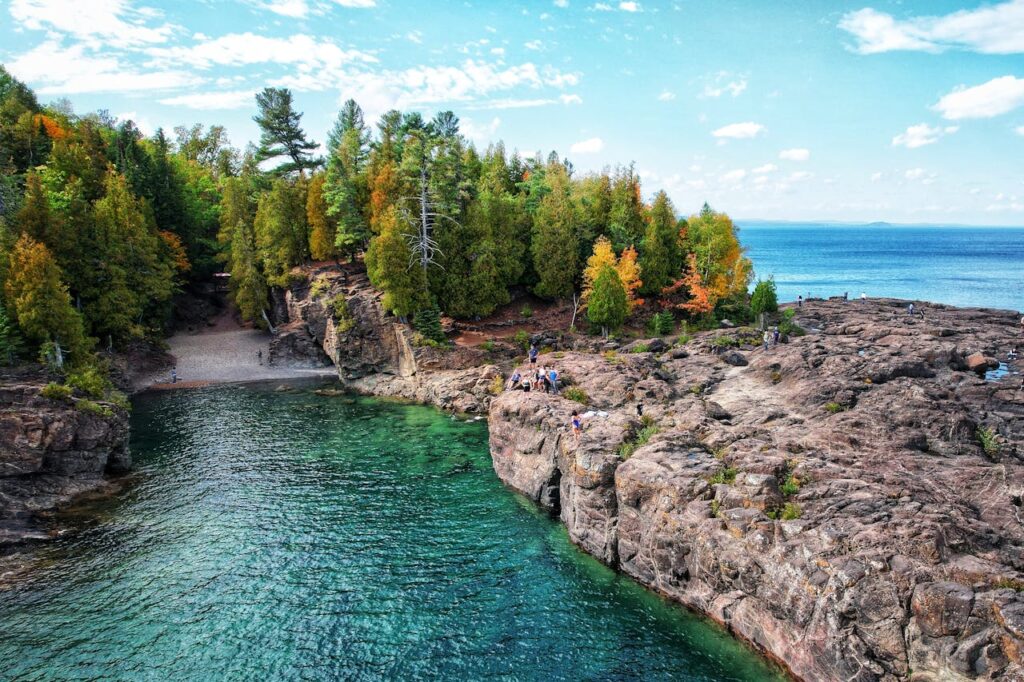
Minnesota, Wisconsin, and Michigan record occasional verified cats that cross farm belts and highways to reach deep forest. Most are wide-ranging males, but each clear trail cam clip proves connectivity still survives between distant populations. Hunters and cabin owners watch for something more durable in deer-rich northern counties. A breeding presence would reshape management, public perception, and the sense that these woods, once emptied by policy and fear, can carry full complexity again.
Northern Rockies Valley Towns
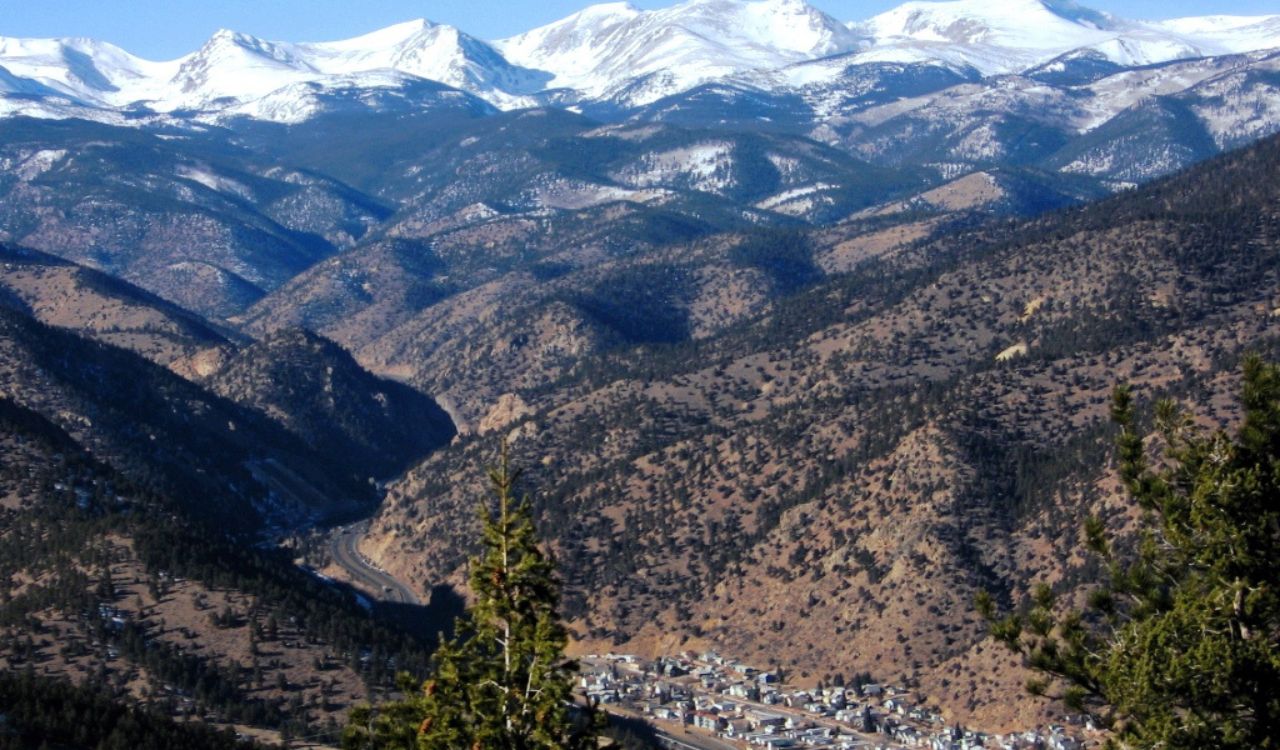
Across Montana, Idaho, and Wyoming, lions remain part of the fabric, yet growing towns push daily life into shared edges. Dogs, chickens, and wintering elk near subdivisions raise temptation, so education and targeted removals keep rare incidents from setting the narrative. Fresh tracks on snowy roads reassure many residents that wildness still waits one bend beyond the mailboxes. The quiet agreement holds when communities protect corridors and respect the animal’s preference to stay unseen.
Eastern Cascades And Columbia Plateau

In Washington and Oregon, cougars use rimrock, orchards, and patchy timber to move between mountains and farmland. Stable populations in high country send dispersers across canyons carved by rivers and roads, where tolerance varies by fence line. Tribes, towns, and ranchers weigh livestock safety and hunting traditions against ecological roles that keep deer moving. Where conflict plans are clear and crossings intact, lions remain neighbors most people never meet in daylight.